SAIHOU OZONO
IKEBANIST
"More With Less"
In the quiet world of Ikebana, time slows down. Each gesture—cutting, placing, pausing—becomes a kind of language. For Tokyo-based artist Saihou Ozono, this ancient Japanese art is not only an act of arrangement, but an ongoing conversation with the seasons, his memories, and the emotional rhythms of everyday life.

PROLOGUE
Ikebana, the Japanese art of flower arrangement, turns stems and blossoms into living lines of balance and restraint. Rooted in ritual and refined over centuries, it values asymmetry, space, and seasonality—transforming impermanence into quiet expressions of harmony and discipline. Each arrangement is less about the flower itself than the fleeting dialogue between nature, time, and form. Its practice invites contemplation, asking the viewer to pause and recognize beauty in stillness. In this way, ikebana becomes both meditation and art, a discipline where gesture speaks as strongly as bloom.
For Ozono, each stem is a conversation with the seasons, memories, and the subtleties of daily life.

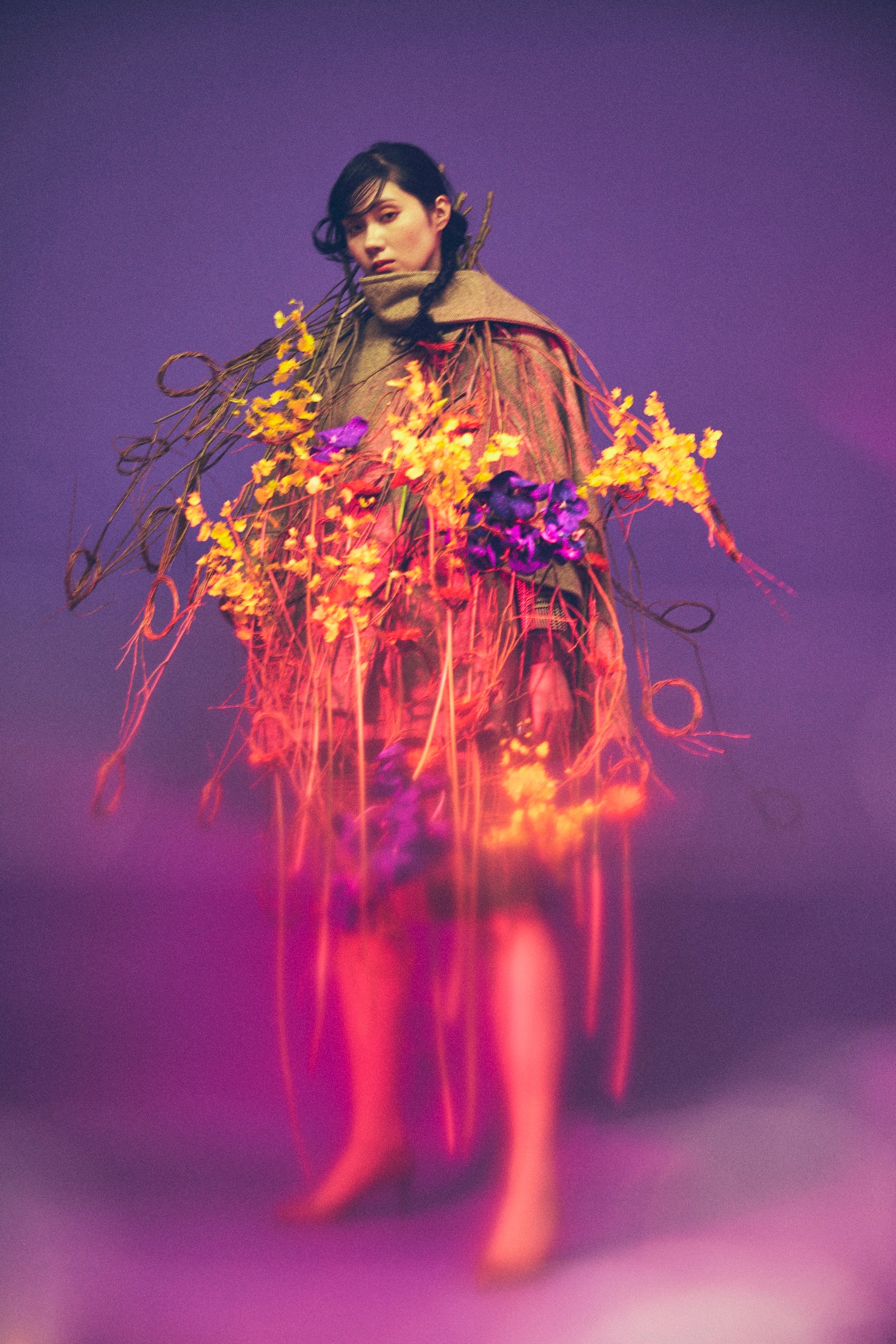


Tokyo-based artist Saihou Ozono approaches ikebana—the traditional Japanese art of flower arrangement—as both a meditative practice and a language of emotion. For him, each stem and gesture is a conversation with the seasons, memories, and the subtleties of daily life. Rooted in simplicity and shaped by what nature provides, Ozono’s work transcends borders while staying deeply attuned to place and time. In a fast-paced world, his quiet, seasonal expressions offer a powerful reminder to slow down, observe, and feel.
Ozono speaks of ikebana as “one answer”—a way of translating human emotions, names, even entire lives, into something tangible and momentary. “Whether in Tokyo, America, France, or Italy,” he says, “ikebana is a way to preserve and express something universal.” It’s a form without borders, yet deeply rooted in specificity.
“Whether in Tokyo, America, France, or Italy, Ikebana is a way to preserve and express something universal.”

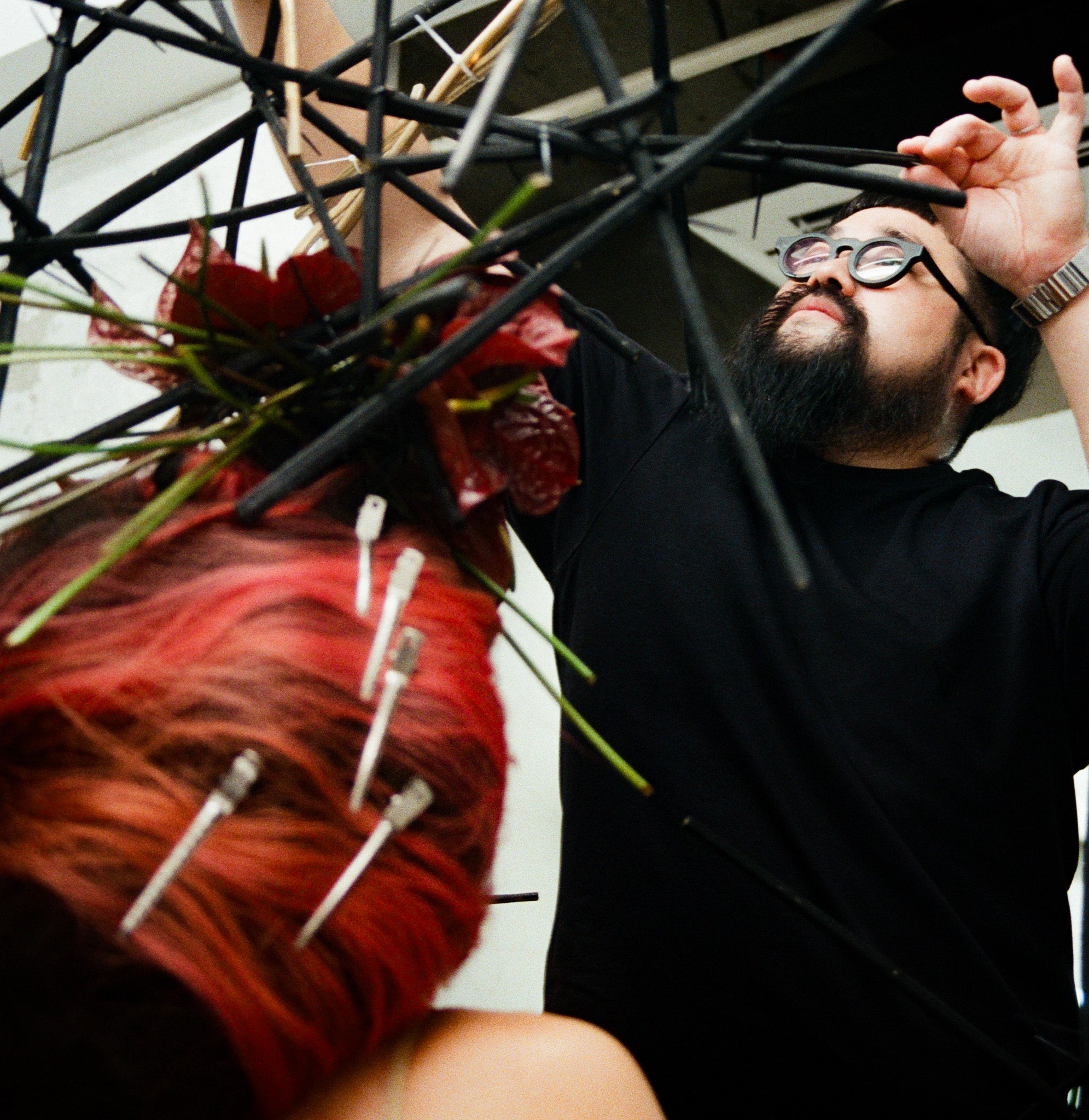

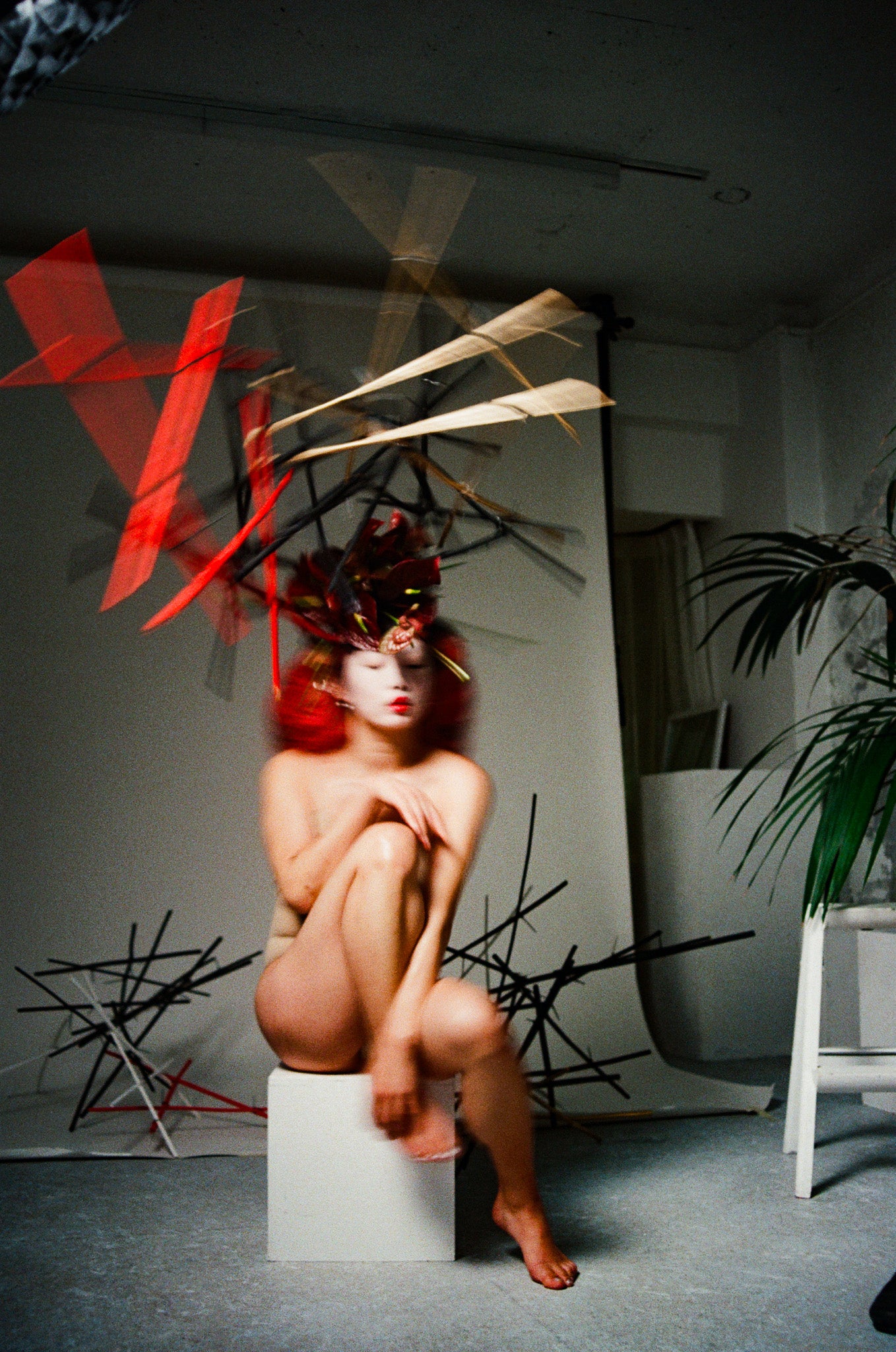
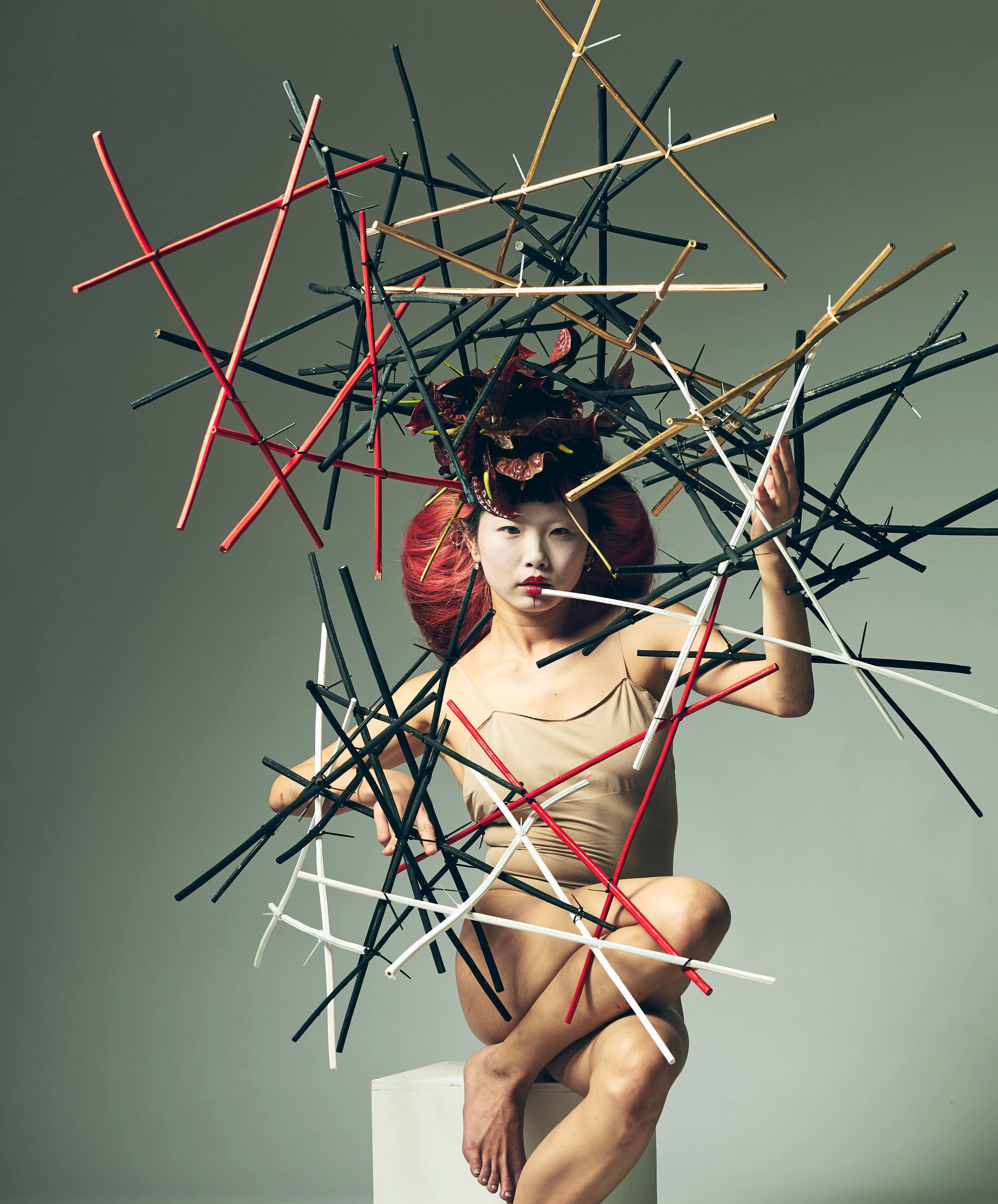

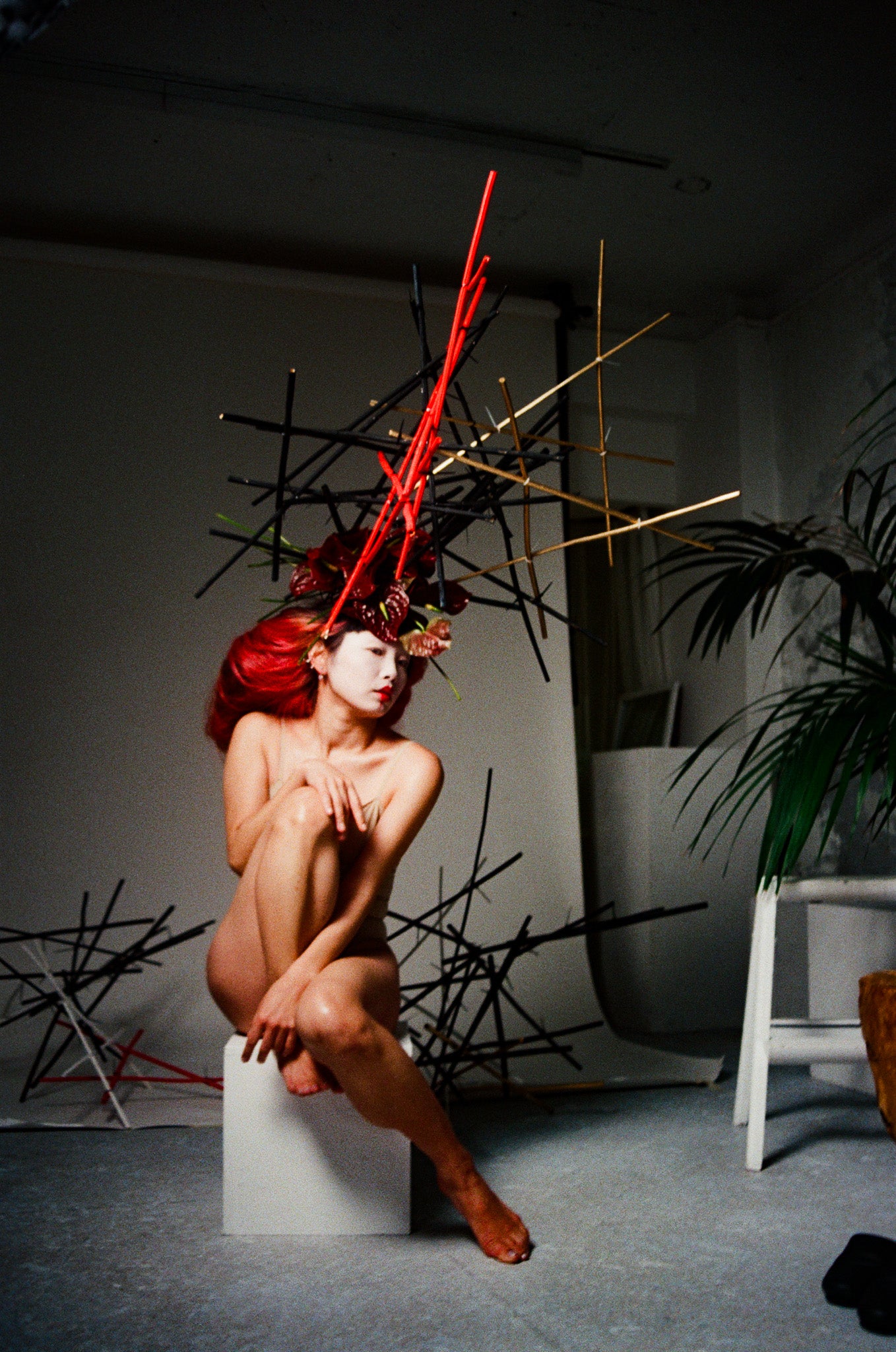

The specificity, for him, lies in the seasons. “The changing of the seasons is crucial to ikebana, every month, every week, even every day changes what flowers are available.” Rather than resisting these shifts, Ozono embraces them. He often creates with only what is at hand—local flowers, weathered branches, whatever the season offers. “Even if I can’t get the flowers I hoped for, I create with what I have,” he says. “That’s part of the practice.”
This sensitivity to the moment—what’s blooming, what’s fading, what’s available—grounds Ozono’s work in both intuition and impermanence. His arrangements don’t follow rigid rules; they follow feeling, shaped as much by what’s present as by what’s missing.
“Even if I can't get the flowers I hoped for, I create with what I have.”
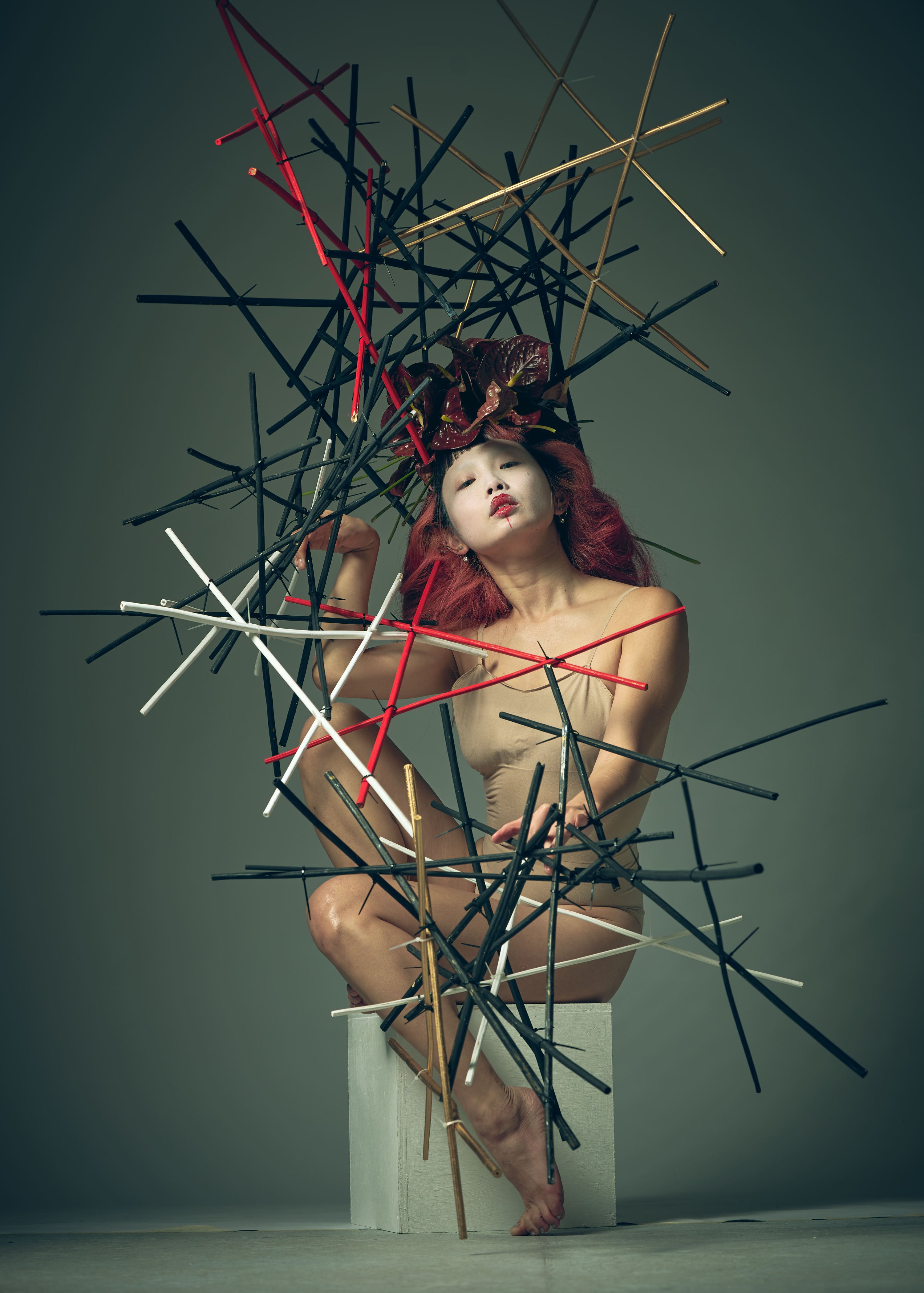
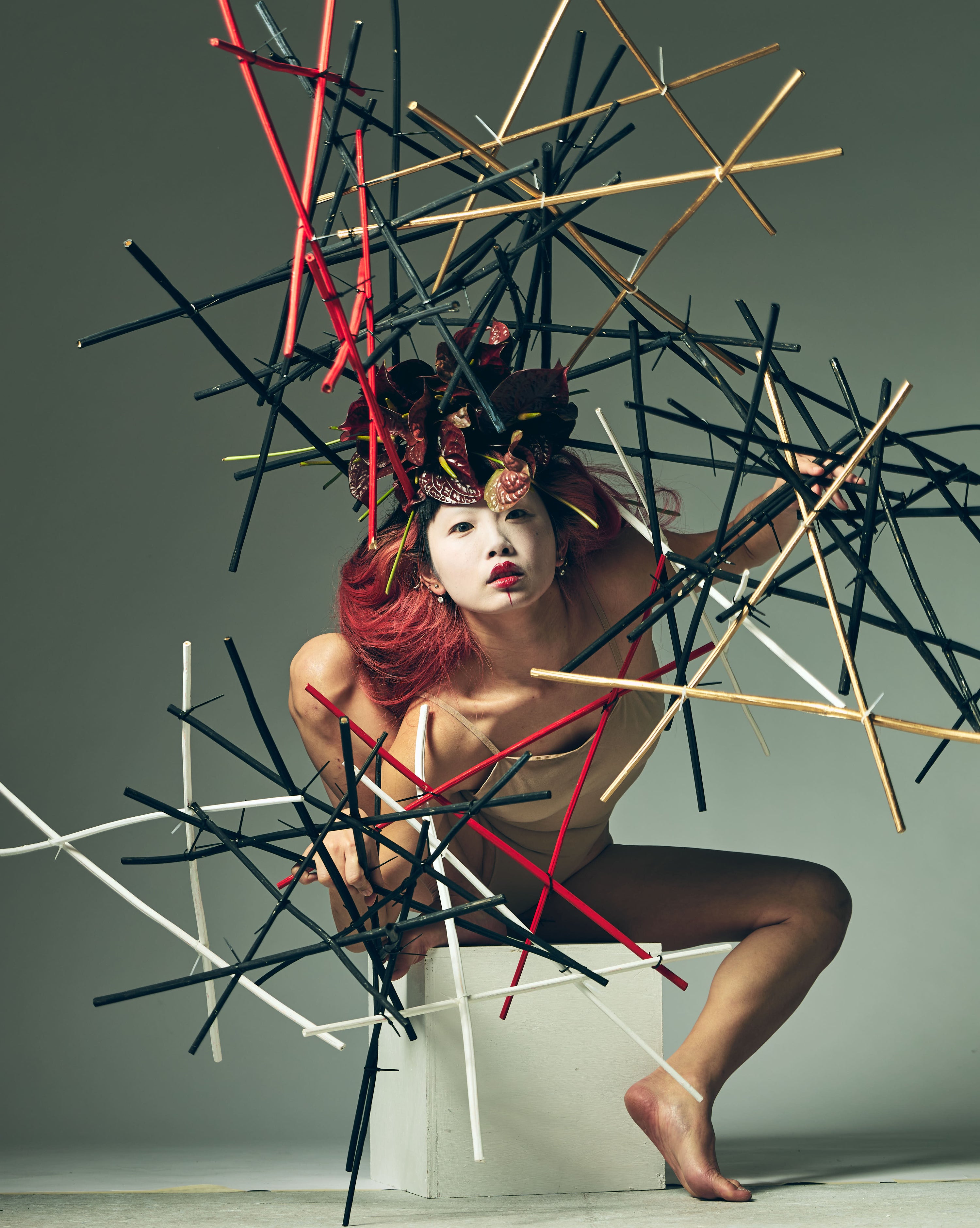
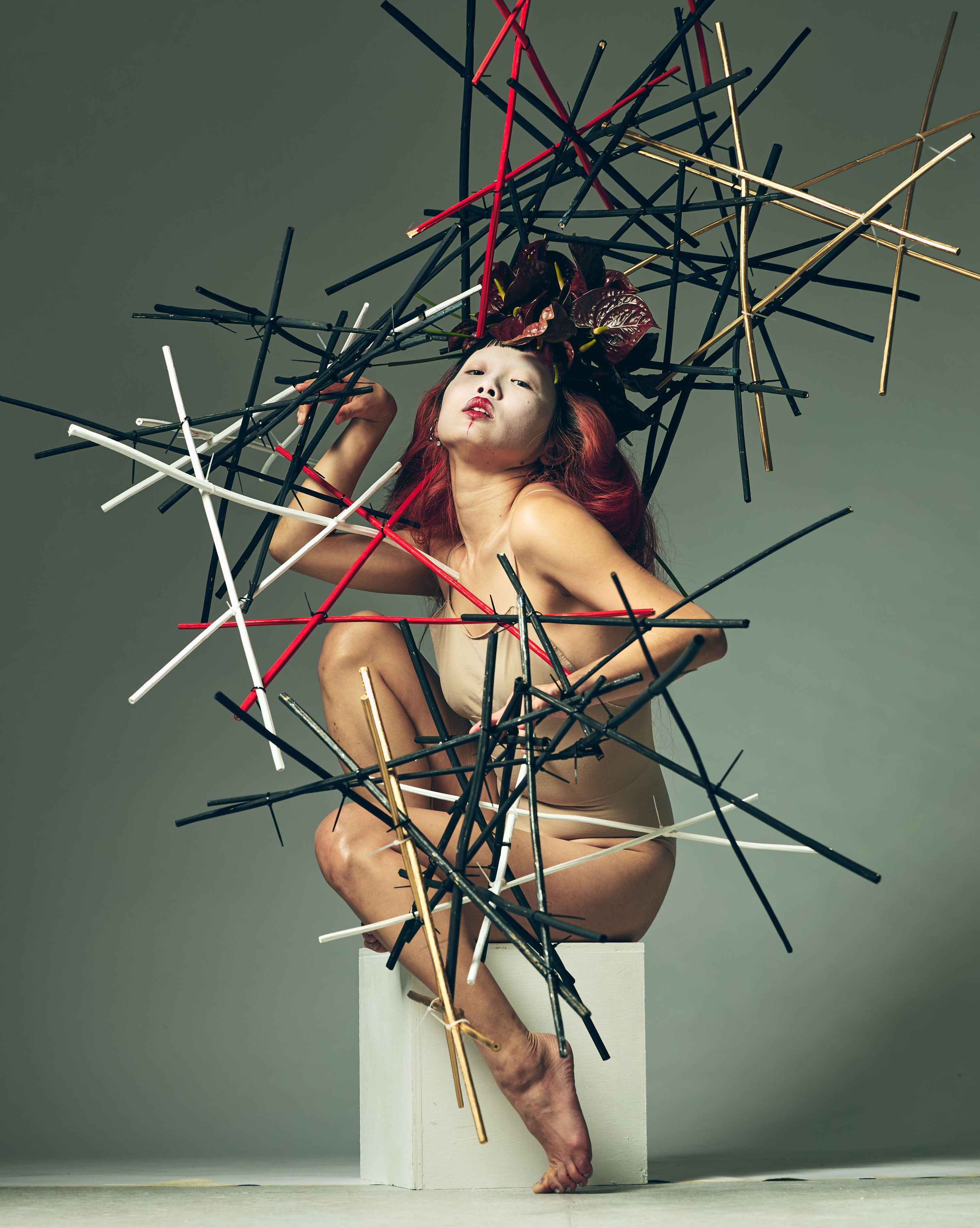
“It’s in that simplicity that I test myself—how can I express more with less?”
Winter, he says, is his favorite season. There is a clarity to it—a quiet austerity that appeals to his sensibility. “There’s a kind of freshness in the winter air, Japanese winter has this sense of purity.” Winter flowers, he notes, are especially simple. Sparse, clean lines. Muted colors. For Ozono, this restraint is not a limitation, but an invitation. “It’s in that simplicity that I test myself—how can I express more with less?” In this way, Ozono’s ikebana becomes a meditation. Not on grand themes, but on small, precise details: the bend of a branch, the negative space between stems, the tension between fragility and strength. It is through this micro-attention that his work finds its emotional depth.
He is not seeking to impress, but to translate. A thought. A mood. A breath. Through flowers. At a time when much of the art world chases spectacle and speed, Saihou Ozono offers a quiet alternative. In his hands, ikebana is a form of listening—to nature, to impermanence, and to the fleeting truths of being alive. His arrangements don’t clamor for attention—they wait. And in that stillness, they speak volumes. n this way, Ozono’s ikebana becomes a meditation. Not on grand themes, but on small, precise details: the bend of a branch, the negative space between stems, the tension between fragility and strength. It is through this micro-attention that his work finds its emotional depth.
EXPLORE
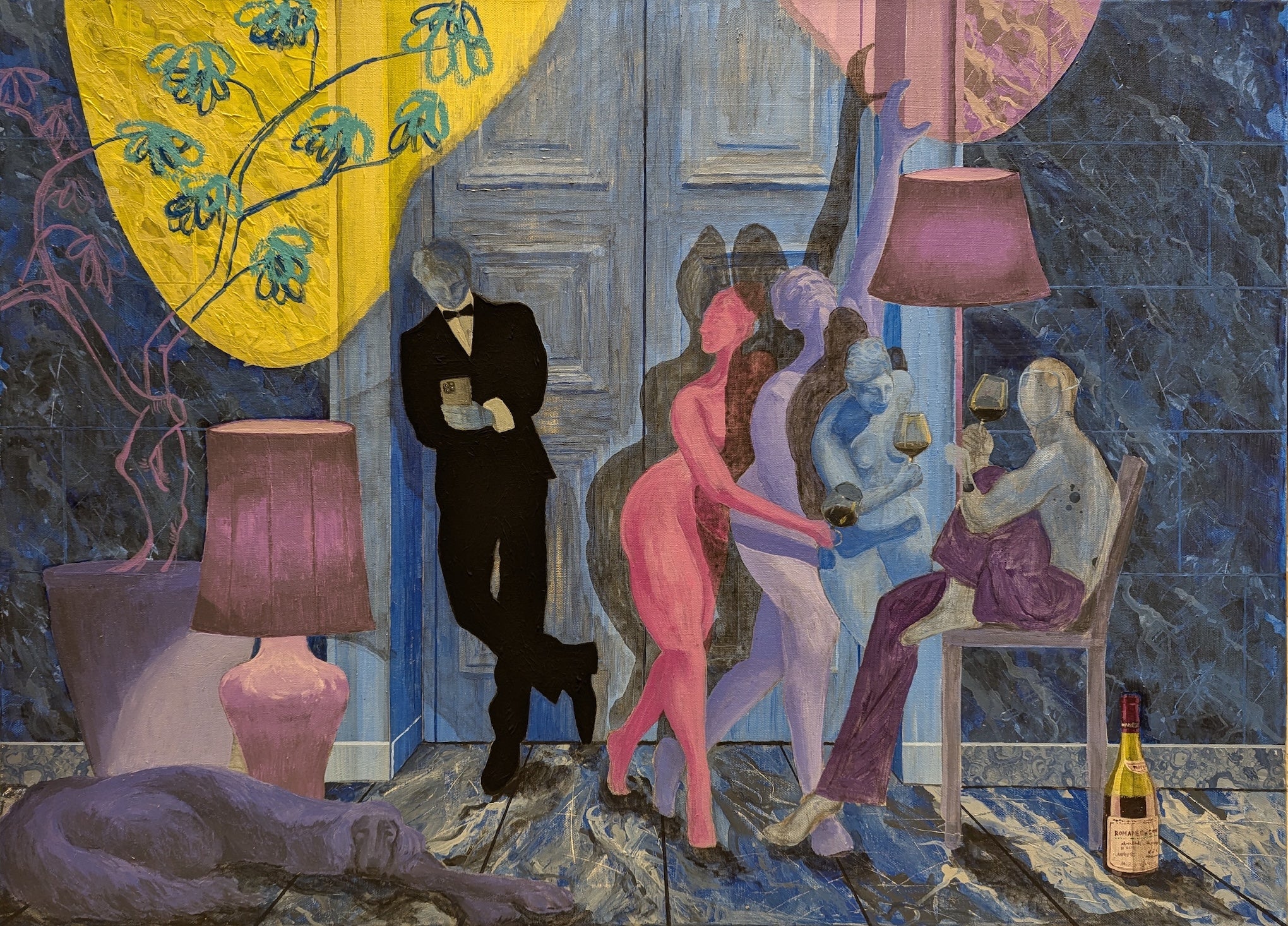
FINE ARTIST
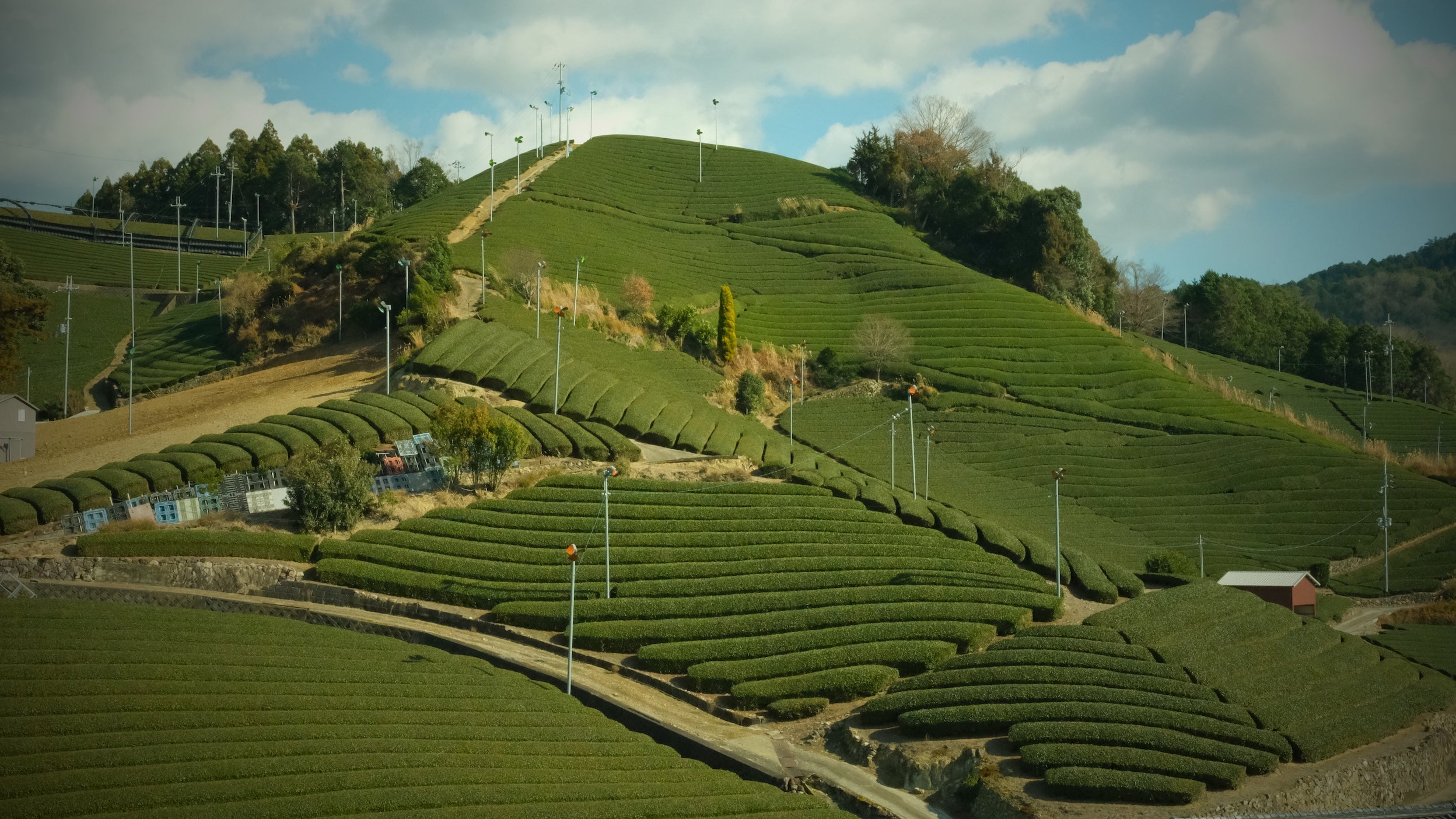
CULTIVATOR
TBD
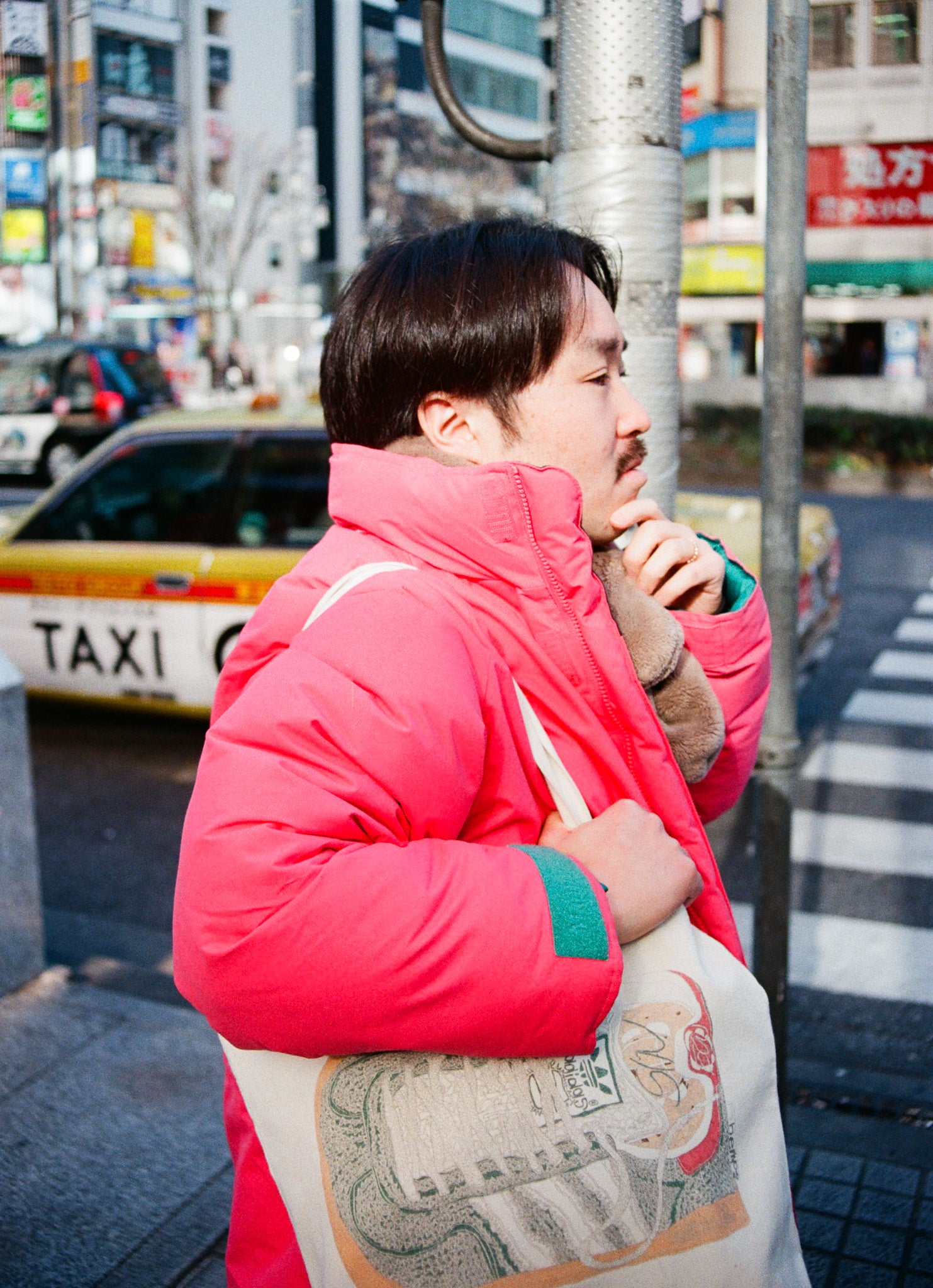
MUSIC PRODUCER
TBD


